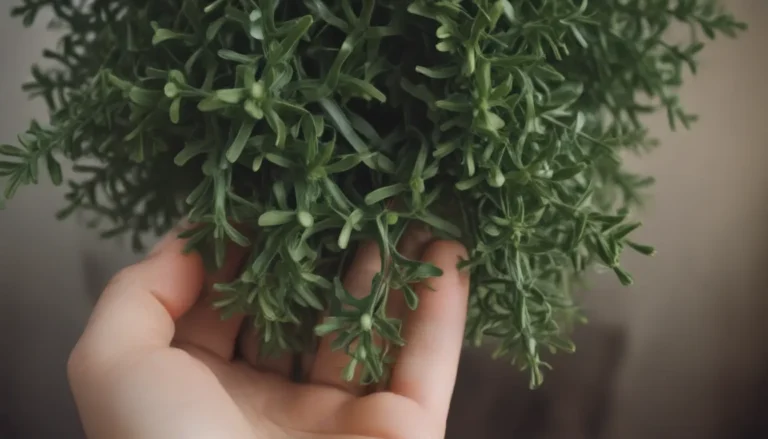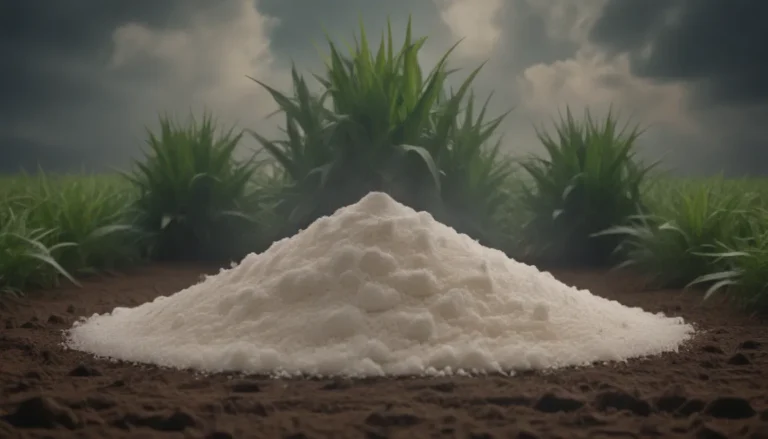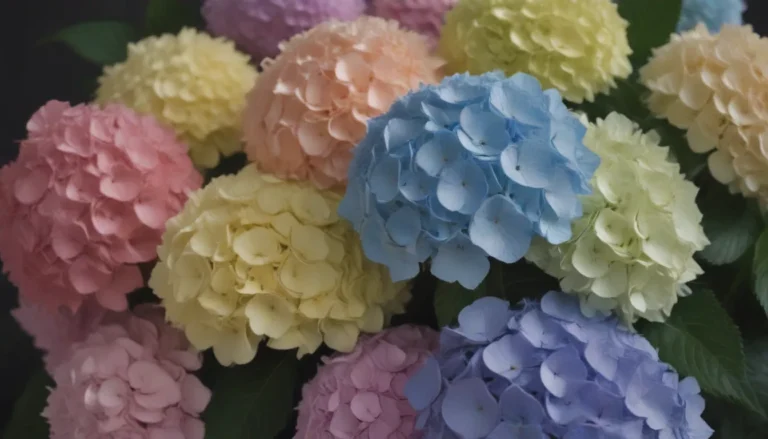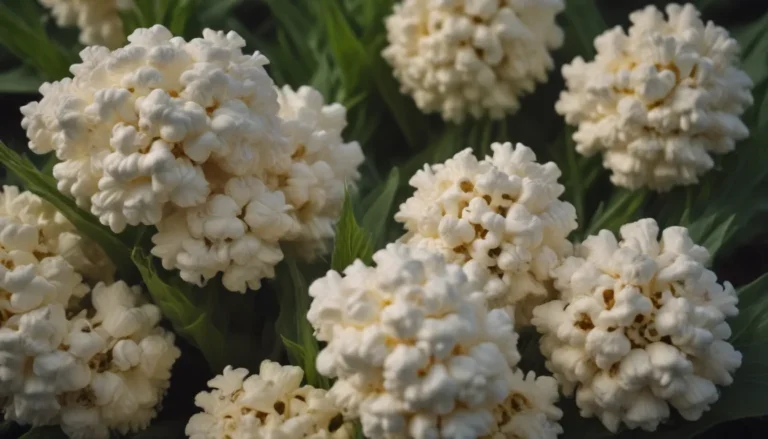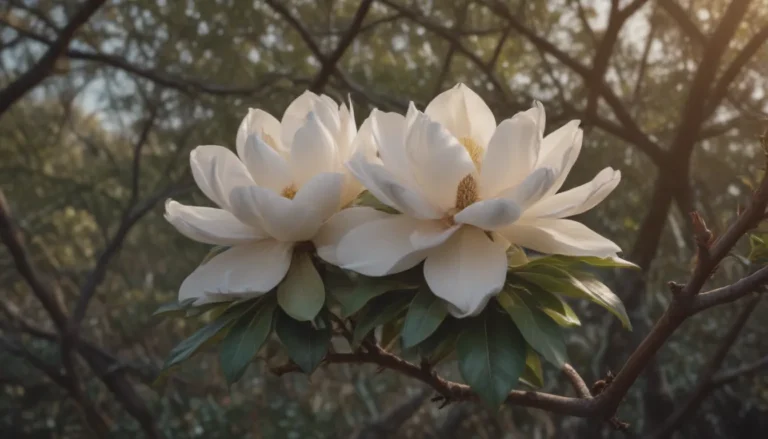An In-Depth Guide to Growing and Caring for Japanese Maple Bonsai Trees
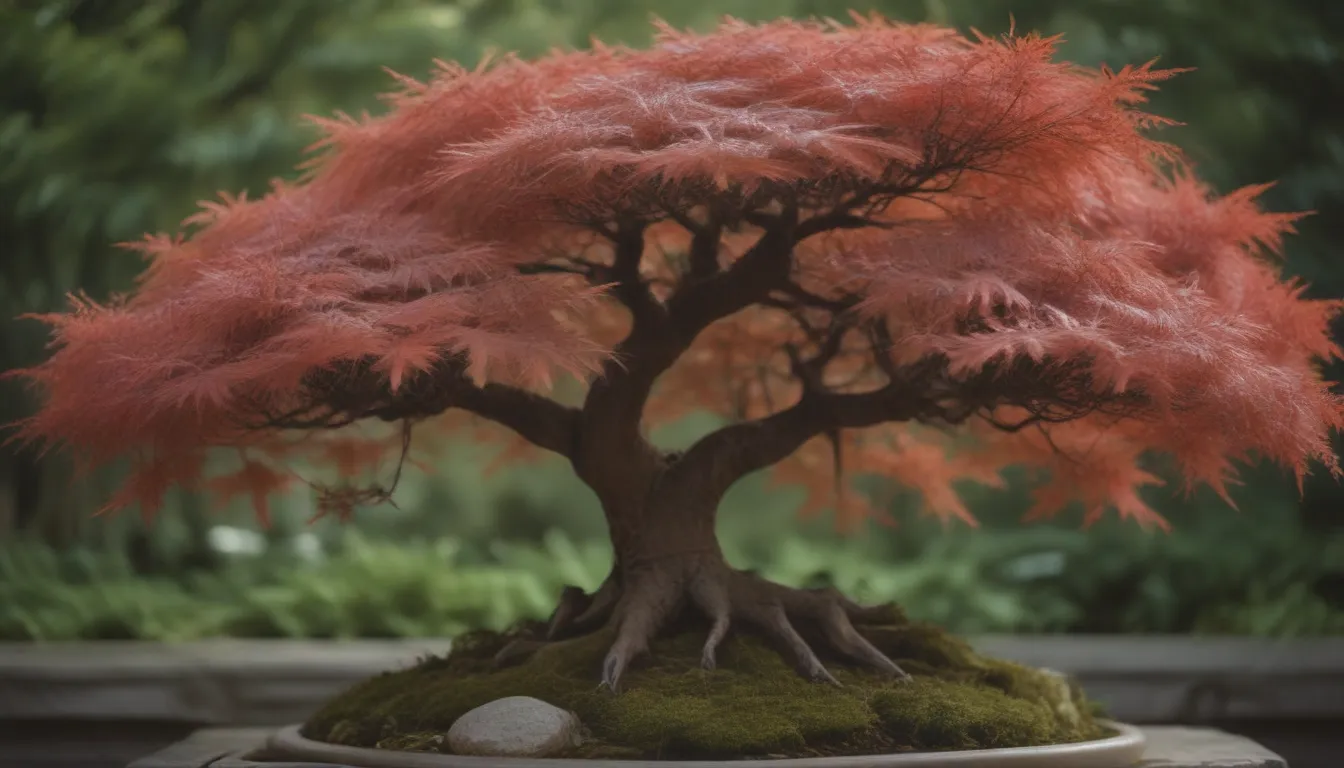
Bonsai trees are a fascinating and ancient art form that originates from Japan. These miniature trees are carefully cultivated and shaped to mimic the appearance of full-sized trees, all while being grown in containers. One of the most popular and visually stunning bonsai trees is the Japanese maple. Known for its vibrant fall foliage and ease of care, Japanese maple bonsai trees are a favorite among beginners and experienced bonsai enthusiasts alike.
Understanding Japanese Maple Bonsai Care
Japanese maple bonsai trees are relatively low-maintenance and make an excellent choice for those new to bonsai cultivation. Here are some essential care tips to keep your Japanese maple bonsai tree thriving:
-
Light: Japanese maple bonsai trees do not require as much sunlight as other bonsai varieties. They thrive in partially shady environments, so it is best to place them in locations that receive morning and evening sun with dappled shade throughout the day.
-
Soil: Japanese maple bonsai trees prefer well-draining, nutrient-rich soil with a pH level between 5.5 and 6.5. Commercially available bonsai soil mixes are specially formulated to support the growth of these trees.
-
Water: During the spring and summer months, Japanese maple bonsai trees may require daily watering to keep the soil evenly moist. However, be cautious of overwatering, as waterlogged soil can lead to root rot.
-
Temperature and Humidity: Japanese maple bonsai trees are best suited for outdoor growth and are not well-suited for indoor environments. While they can tolerate cold temperatures, they should be protected from harsh winter climates.
-
Fertilizer: Regular fertilization is essential to promote healthy growth in Japanese maple bonsai trees. During the spring and summer, feed your tree every other week with organic bonsai fertilizer.
Varieties of Japanese Maple for Bonsai Trees
There are several varieties of Japanese maple that are well-suited for bonsai cultivation. Some of the most popular types include:
-
Acer palmatum: This is the most common species used for bonsai, known for its stunning foliage colors and elegant branches.
-
Acer japonicum: This variety is prized for its unique leaf shapes and delicate appearance.
-
Acer shirasawanum: With its distinct leaf colors and textures, this variety adds a touch of uniqueness to any bonsai collection.
Pruning and Propagating Japanese Maple Bonsai Trees
Regular pruning is essential for shaping the aesthetic of a bonsai tree. New shoots should be pinched back during the spring and summer months to encourage branching and maintain the tree’s shape. Additionally, leaves should be pruned throughout the growing season to keep them small and in proportion with the overall tree.
When it comes to propagating Japanese maple bonsai trees, it is important to note that many varieties are grafted. Taking cuttings or collecting seeds may not produce a tree with the same characteristics as the original bonsai. Propagation through seeds can also be a time-consuming process, as it takes several years for a seedling to reach the desired stage for shaping.
Potting and Repotting Japanese Maple Bonsai Trees
For well-established Japanese maple bonsai trees, repotting is typically done every three years once the tree reaches 10 years of age. Younger trees may benefit from yearly repotting to refresh the soil and prune the rootball. Repotting should be done in the spring just before the buds open to ensure the tree has enough time to recover before entering dormancy in the fall.
During repotting, it is important to prune the roots of the Japanese maple bonsai tree by cutting back up to a third of the roots. Avoid chopping large, main roots to prevent damage to the main root system.
Overwintering Japanese Maple Bonsai Trees
During the winter months, it is essential to protect Japanese maple bonsai trees from freezing temperatures and strong winds. If temperatures drop below 25 degrees Fahrenheit, consider insulating the roots by burying the pot in garden soil or using insulating materials like bubble wrap or burlap. Watering should be reduced during dormancy, only watering when the soil dries out.
Common Pests and Plant Diseases
Like all plants, Japanese maple bonsai trees are susceptible to pests and diseases. Keep an eye out for aphids, verticillium wilt, and powdery mildew, which can impact the health of your bonsai tree. Regularly inspecting your tree can help prevent infestations and diseases from taking hold.
In conclusion, growing and caring for Japanese maple bonsai trees is a rewarding and enjoyable experience. With proper care and attention to detail, your bonsai tree can thrive and become a stunning centerpiece in your garden or home. Whether you are a beginner or seasoned bonsai enthusiast, Japanese maple bonsai trees are a fantastic choice for adding beauty and tranquility to your living space. Happy bonsai growing!

